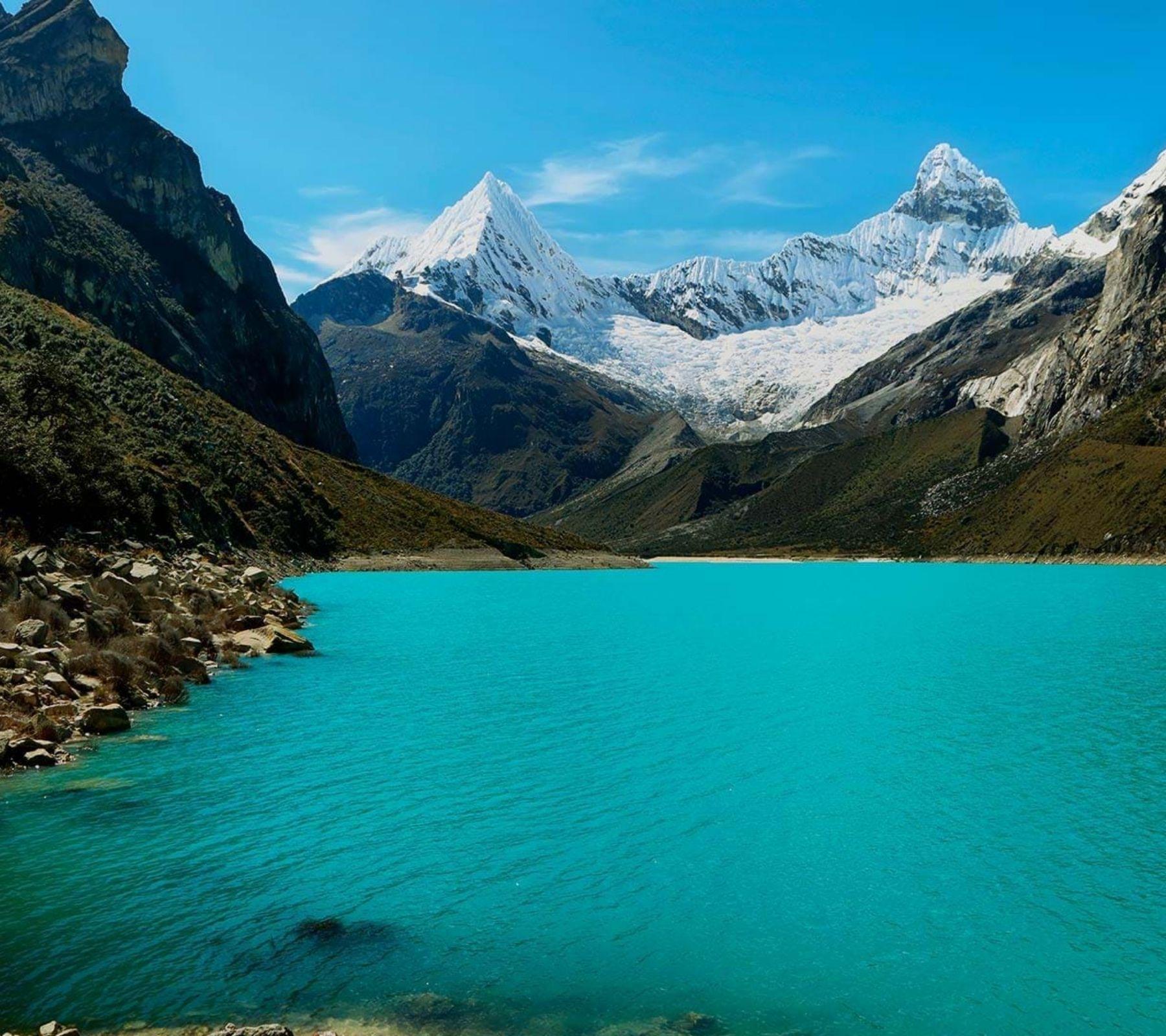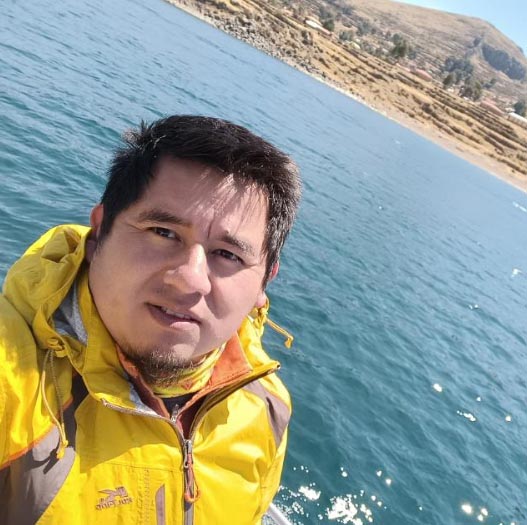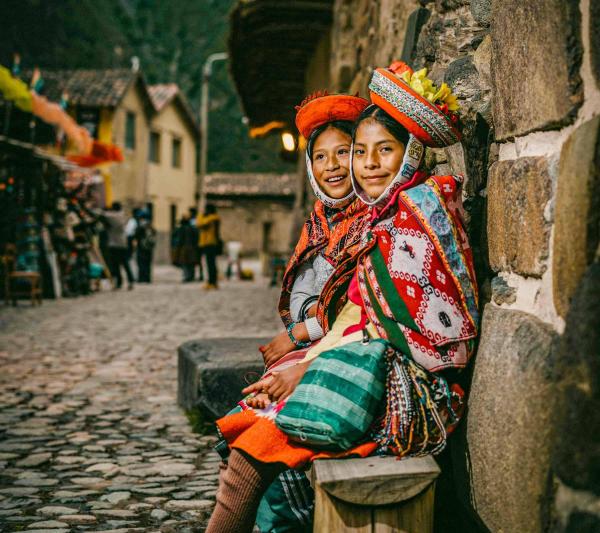Guarded by the Black and White mountain ranges, Ancash is the perfect place to connect with the Peruvian Andes and their ancient history. In this region north of Lima, mountaineering and trekking enthusiasts will enjoy themselves like nowhere else on earth: here is the legendary Callejón de Huaylas and the beautiful Llanganuco Lagoon. This is the birthplace of the Chavín culture and its legacy, which can still be seen today. Ancash has much to offer, and travelers, adventurers, and tourists alike have much more to discover.
The department of Ancash borders Lima, the capital of Peru, to the south. Despite its rugged geography, reaching this region is not difficult: you can travel by bus or private vehicle—approximately an 8-hour journey—or by plane to Huaraz (the capital of Ancash), where the journey only takes an hour.
Scenic Beauty
Another feature that makes this destination attractive is its access to the sea, where the city of Casma stands out for its calm beaches and archaeological sites such as Sechín, Chanquillo, Las Haldas, and Mojeque, or Chimbote with its important port, considered one of the cities with the highest trade and population in the entire region. However, the treasures of Ancash that attract the most attention are hidden among the mountains, high above.
For example, the Callejón de Huaylas is a living portrait of what was once one of the routes used by the Inca empire to travel. Also known as the Santa Valley, it is a narrow and elongated path that took its shape thanks to the course of the Santa River (hence its name), which rises from the waters of the Conococha Lagoon. Sheltered by the Cordillera Negra (west) and Cordillera Blanca (east), this mountain range offers adventure sports enthusiasts the ideal place for trekking.
At the same time, while taking long hikes, you'll be amazed by the landscapes you'll see: large mounds of earth and rock with touches of snow on their peaks, adorned by vegetation and wildlife that live in harmony with the diverse and magical villages you'll encounter along the way. And, if that weren't enough, this area also boasts pre-Hispanic archaeological remains, such as the Huilcahuaín archaeological site, one of the administrative centers of the Huari culture.
The waters of the Áncash lagoons seem like an extension of the sky, as you could easily mistake these aquatic accumulations for a mirror. The Huascarán National Park, declared a World Heritage Site, and the enigmatic Chavín de Huantar archaeological complex, which served as the religious and administrative center of the Chavín culture, are on display. The famous "clavas" (nailed heads) and the monolithic Lanzón (lanzón), considered a sacred idol for the Huari ethnic group, are just a few examples of the diverse adventures available, for all tastes. So there are no excuses: there is a diverse range of hotels and tourist attractions, so no one will be left wanting to explore and discover the beauty of Ancash.
Tourist Sites
The tourist sites in Ancash are essential during your visit to the region. Here you will find nature, mountains, lagoons, and snow-capped mountains that will amaze you; as well as a rich culture and folklore tradition that is experienced through the cultural expressions of the people of Ancash.
Huascarán National Park:
Surrounded by glaciers, it is located in the tropical mountains of the Cordillera Blanca and is one of the most emblematic protected natural areas in the country, covering an area of ??340,000 hectares. Huascarán National Park is home to hundreds of species of fauna and flora, such as the Puya Raimondi, which can reach up to 12 meters in height. You can go trekking, rock climbing, or ice climbing.
Chavín de Huántar Archaeological Complex:
This important ceremonial and pilgrimage center is more than 3,000 years old and was built by the Chavín culture. It represents one of the most important archaeological complexes in the country, where we find the Monolithic Lanzón, which measures four and a half meters in height and represents an anthropomorphic being with feline fangs. The Claved Heads are also noteworthy, while the Raimondi Stele was transported for evaluation and restoration, and to conduct a diagnostic study. The Chavín de Huántar Archaeological Complex is located 500 km from the city of Lima.
Conococha Lagoon:
Located at an altitude of over 4,000 meters above sea level, it is a vital body of water for flora and fauna, and is also very important for the communities in the area. Conococha Lagoon is fed by small streams originating in the Cordillera Negra and Cordillera Blanca. Eighty-eight bird species belonging to 26 families have been identified in Conococha Lagoon, of which 49% are aquatic birds and 51% are terrestrial birds.






